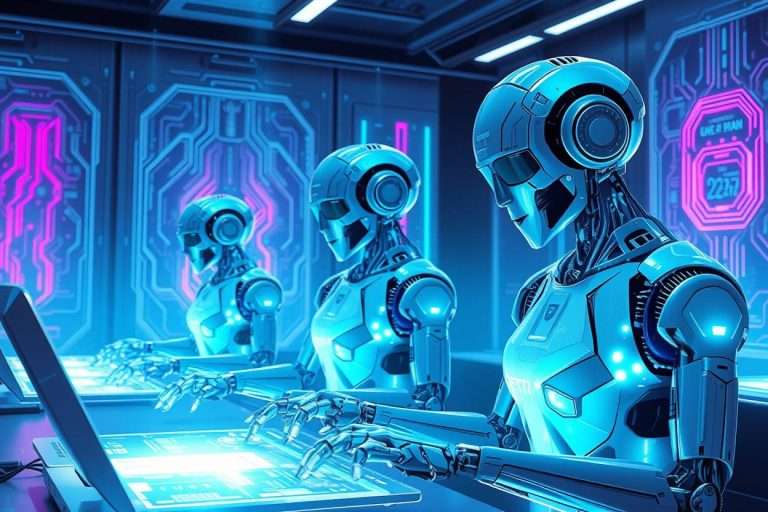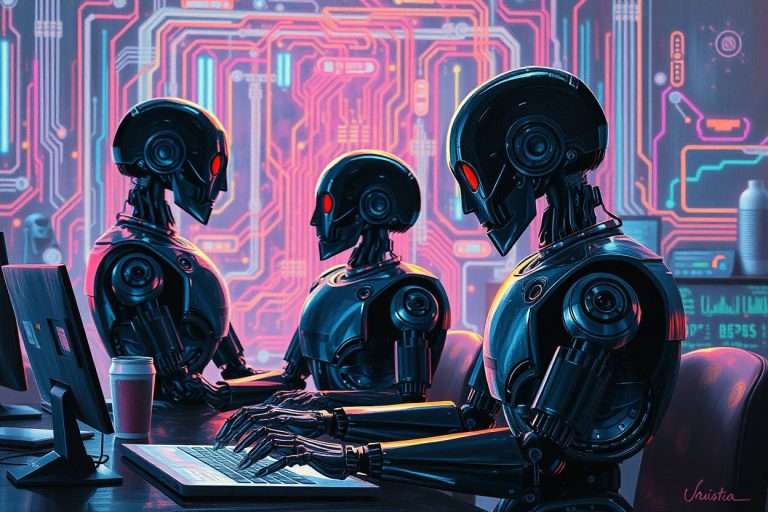Exploring the Limitless Possibilities: OpenAI Playground vs. ChatGPT
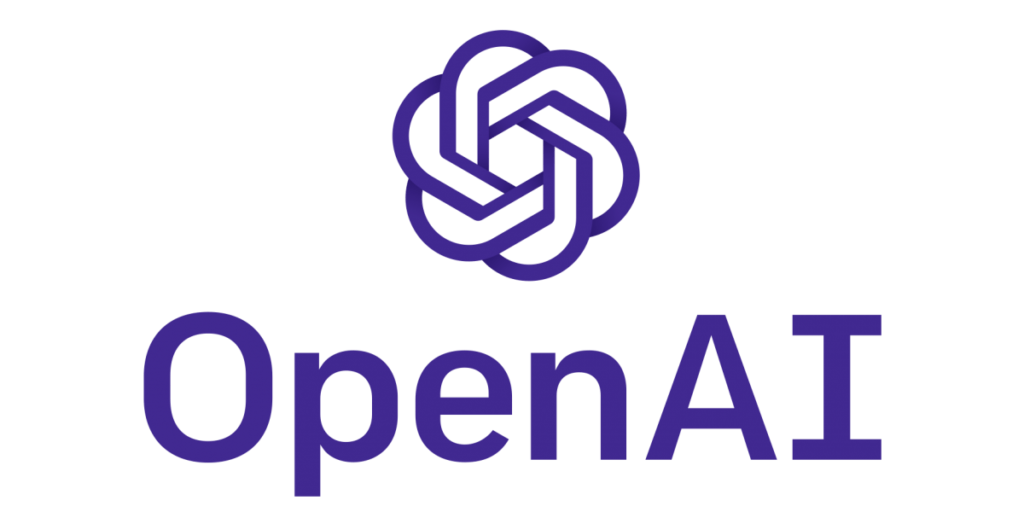
OpenAI Playground and ChatGPT are two distinct platforms created by OpenAI, the first company that brought Artificial Intelligence to mainstream adoption.
So, what is the difference between ChatGPT and OpenAI Playground? In simple words, ChatGPT is a pre-built, chat bot you can talk to on various topics, fueled by large amounts of data. OpenAI Playground is more like a high-tech toolbox for AI. It lets you customize the settings and fine-tune how the AI responds, being the way to ensure the responses are appropriate for what you need. Explore the details below.
Key Takeaways
- ChatGPT is a conversational AI tool, enabling natural language processing for a wide range of tasks.
- OpenAI Playground offers a customizable AI environment to experiment with text, code, and image generation.
- GPT-4 introduces the ability to process images in prompts, significantly advancing over previous models with its 1.7 trillion parameters.
- ChatGPT reached 100 million users within two months of launch, highlighting its rapid growth and wide adoption.
- Despite its capabilities, ChatGPT has limitations like misunderstanding complex queries and potential bias in outputs.
- OpenAI Playground allows in-depth customization of AI responses, catering to developers and researchers.
- Both platforms serve different purposes: ChatGPT for conversational AI and OpenAI Playground for AI experimentation.
GPT-3, GPT-3.5 Turbo and GPT-4
OpenAI GPT-3 was the first and one of the most advanced and powerful natural language processing models released for the general public that democratized the access to artificial intelligence. It has 175 billion parameters, enabling it to generate human-like responses and complete complex tasks such as translation, summarization, and content creation.
GPT-3 was the first language model that was available to the general public through the user friendly interface of ChatGPT, released in November 2022. Previously, OpenAI research team has worked on GPT-1 and GPT-2, which were trained on lower amount of data and with limited capabilities for comprehension and processing.
Currently ChatGPT (free version) is using the GPT-3.5 Turbo Model which is more advanced, faster and cost effective that the previous GPT-3 but less powerful than GPT-4 (available for paid users)
How are the language models trained?
Large Language Models, known as LLMs, are trained using large amounts of text data from various sources such as books, articles, and websites. The data is processed and cleaned to remove duplicates, errors, and bias.
The models are trained using algorithms such as supervised, unsupervised, and reinforcement learning, which train the model to recognize patterns, predict outcomes, and optimize performance. Techniques such as attention mechanisms, transformer architectures, and fine-tuning are used to improve the model’s accuracy and efficiency.
GPT-4 is the first language model that will have the capacity to recognize images as part of the prompt and create text outputs based on them. The number of parameters used to train GPT-4 is estimated to be around 1.7 trillions, which makes it over 1000 times more powerful than GPT-2. Moreover, OpenAI is expecting to release GPT-4.5 within 2024.
What is ChatGPT?
ChatGPT is a tool that uses AI to enable natural language processing, allowing users to engage in human-like conversations with a chatbot. This language model is capable of answering questions and assisting with various tasks, including composing articles, emails, essays or even coding. ChatGPT has impressive reasoning capabilities, which makes it a very powerful tool to brainstorm ideas, discuss business prepositions, structure deals and more. The possibilities are limited only by human imagination.
ChatGPT is the fastest growing internet platform which reached 1 million users within 5 days from its launch in November 2022 and over 100 million active users within 2 months. OpenAI, the Artificial Intelligence Research company, behind ChatGPT is responsible for other popular AI technologies, such as DALL-E-2 (text-to-image), SORA (text-to-video) and Whisper (speech recognition system).
ChatGPT uses a language model architecture called the Generative Pre-trained Transformer (GPT), which is fine-tuned from a model in the GPT series. This model is trained on vast amounts of data from various sources including websites, books, news articles, and more. The language model was fine-tuned using supervised learning as well as reinforcement learning, including Reinforcement Learning from Human Feedback (RLHF).
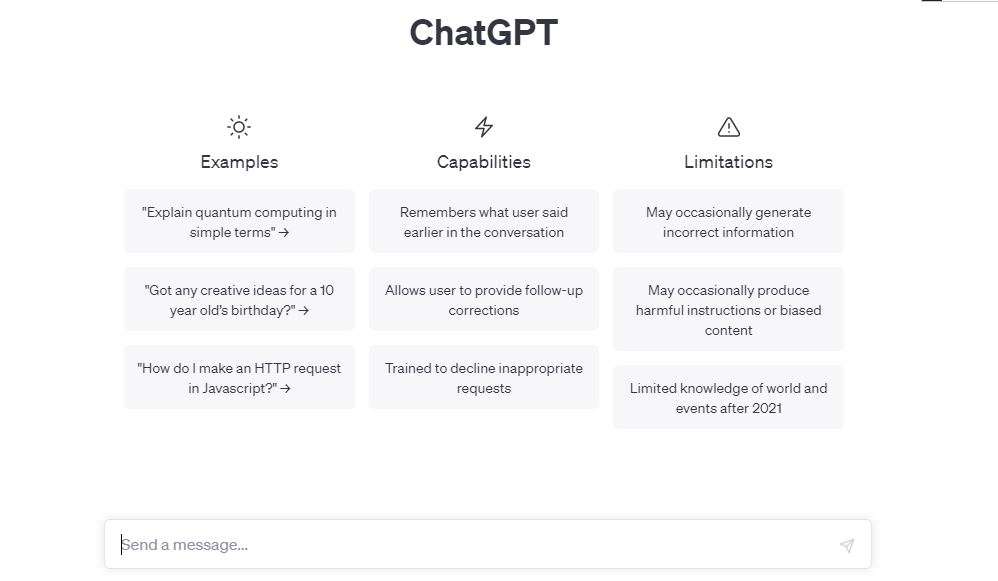
Currently, ChatGPT is in its research and feedback-collection phase and is available for free to the public. However, a paid subscription version called ChatGPT Plus was launched in February 2023 and is priced at 20USD/month which guarantees users extra perks, including access to the latest versions and faster response times.
ChatGPT Plus allows access to Custom GPTs, which are fine-tuned models for different tasks, created by users around the world and released on their market place. Do you need a chatbot that’s particularly good at marketing? Need help with cooking recipes or poetry? Custom GPTs got you covered.
The Limitations of ChatGPT
Despite its impressive capabilities, ChatGPT has limitations. These include its inability to understand questions worded in a specific way and to provide responses that make practical sense. Additionally, critics argue that ChatGPT cannot understand the meaning of statements or determine their correctness. As a result, users should be aware of these limitations when using the tool and always double check the output provided, especially when it is used for commercial purposes.
There has been issues with output bias, such as potential for hate speech, that is a direct result of the data that the GPT model has been trained on.
However, as the time goes by, the models are getting better and better from reinforced learning and the releases of consistent updates trained on more data.
The Use Cases of ChatGPT
- Language learning: ChatGPT can be used to practice speaking and writing in a foreign language by generating responses in that language and providing feedback on grammar and vocabulary.
- Customer service: ChatGPT can be used to create chatbots or virtual assistants that can answer frequently asked questions, provide information about products or services, and handle simple customer inquiries.
- Writing and content creation: ChatGPT can be used to generate ideas for blog posts, social media content, or other types of written content. It can also be used to proofread and edit existing content.
- Research and data analysis: ChatGPT can be used to analyze large datasets of text, such as social media posts or customer feedback, to identify trends and patterns.
- Personal productivity: ChatGPT can be used to set reminders, make to-do lists, and manage personal schedules.
- Entertainment: ChatGPT can be used to play games, tell jokes, or engage in other forms of casual conversation.
Some of the most popular AI Tools available today for copywriting, content creation and customer service bots are based on the GPT Language models.
Esteemed for its ability to connect businesses with top-tier AI experts, Toptal stands as a preferred marketplace for many leading companies and start-ups when it comes to hiring OpenAI developers. Leverage the use of artificial intelligence and integrate GPT language models to develop new tools and optimize daily business operations.
What is Open AI Playground?
The OpenAI Playground / GPT Playground is a web-based tool that allows users to interact with GPT-3.5 or GPT-4 and experiment with different settings and modes. It is a convenient way to test and explore the capabilities of the language model without having to use the API directly.
Open AI Playground is designed to allow developers to train and test machine learning models. The platform provides access to a wide variety of datasets that developers can use to train their models. The models can then be tested using the platform’s intuitive interface. The platform is designed to be user-friendly and can be used by developers of all skill levels.
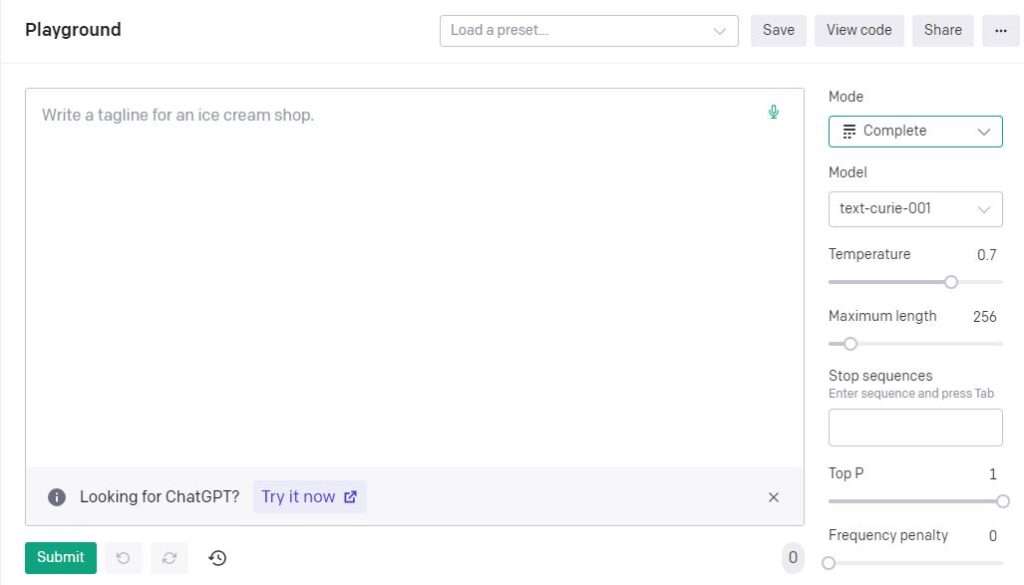
OpenAI Playground offers highest level of customization for its outputs:
OpenAI Playground provides access to four core language models: Ada, Babbage, Curie, Davinci
Ada excels in rapid response, while Davinci offers the most nuanced and sophisticated output. The default, text-davinci-003, is the most advanced. Choose your model strategically: prioritize speed with Ada, or opt for Davinci’s depth when quality is paramount. To further shape your AI interactions, select from three modes:
- Complete: Seamlessly continues your prompts, maintaining a natural conversational flow.
- Insert: Intelligently fills in designated blanks, allowing you to customize text generation.
- Edit: Revises your existing content based on specific instructions (e.g., altering tone of voice, improving conciseness).
For additional refinement, the Playground offers adjustable settings. Experiment with:
- Maximum length: Control the length of the AI’s generated text.
- Temperature: Influence creativity levels. Higher temperatures encourage surprising responses, while lower settings favor direct, factual output.
- Probabilities: Gain insight into the AI’s decision-making process as it selects words.
- Frequency/Presence Penalty: Adjust the AI’s tendency to repeat phrases or topics.
OpenAI Playground vs Chat GPT – There is no winner, just different purposes for an amazing technology
In summary, OpenAI Playground and ChatGPT serve different purposes in the realm of natural language processing. Choosing between them largely depends on what you hope to gain from your interaction with these platforms. Whether you want to experiment with GPT-4 or engage with a conversational agent, both Open AI Playground and ChatGPT offer unique opportunities to explore the potential of AI technology.
| Category | ChatGPT | Playground |
|---|---|---|
| Conversations | Chat-based user interface for human-like dialog | Various modes: Complete / Chat /Insert / Edit and Presets. |
| Language models | GPT-3.5, GPT-4 | Wide range of OpenAI models |
| API access | Available | Available with pricing and usage limits |
| Customization | No customization options | Highly customizable outputs |
| Pricing | – Free version – ChatGPT Plus at 20USD/Month | Pay per 1k Tokens (Pay per usage) |
| Use cases | Content creation, customer service, education, research | Content creation, coding, AI app building, education, research |
Learn more about how technology has changed the business landscapes in the age of Artificial intelligence and how you can stay ahead of the curve by using AI in Marketing, Social media and Automating your Marketing processes to save time and resources. Follow our blog for the latest AI Trends that surely will change the future as we see it today.
FAQ Section:
Q: What are the main differences between GPT Playground and ChatGPT?
A: GPT Playground is a web-based platform for experimenting with OpenAI’s GPT-3 language model. It allows users to generate text, code, and images using GPT-3. ChatGPT is a chatbot powered by GPT-3. It allows users to interact with the GPT-3 model in a conversational way. OpenAI Playground is more focused on experimentation and exploration, while ChatGPT is more focused on conversation.
Q: What are the common use cases of ChatGPT?
A: ChatGPT is commonly used for customer service, virtual assistants, and conversational AI applications. It can be used to answer customer inquiries, provide product recommendations, and provide automated customer support. It can also be used to generate natural language responses to user queries.
Q: What are the common use cases of Open AI Playground?
A: GPT Playground is commonly used for text generation, code generation, and image generation. It can be used to generate text for creative writing, generate code for programming projects, and generate images for data visualization. It can also be used to explore the capabilities of GPT-3 and experiment with different parameters.
Q: How can you access GPT Playground?
A: Both Chat GPT Playground can be accessed through the OpenAI website. It is available for free and requires registration.


